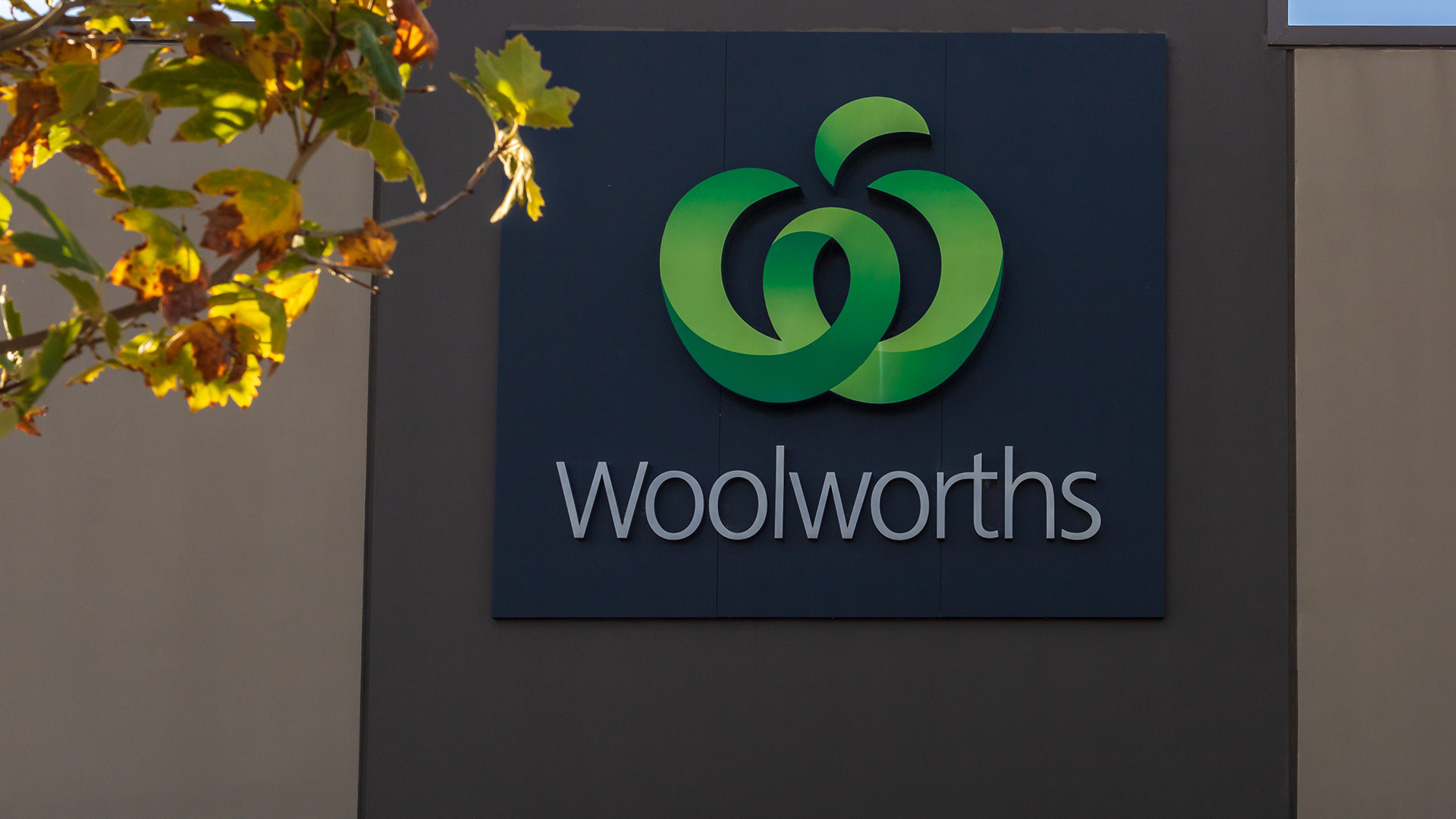Who would have thought there would have been so much money in frames and glasses – but the Financial Times yesterday broke the story that Italy’s Luxottica and France’s Essilor have agreed to a 50 billion euro merger – which the paper says would be one of the largest ever European cross-border transactions.
It will see the creation of the global leader in all things optical – frames lenses, equipment, testing, brands and retailing – and included in it as a small component will be Australia’s OPSM, as well as its US-based Sunglass Hut chain.
The deal was announced before the market opened in Europe overnight Monday. The news saw shares in both companies rise more than 10% in early trading as investors gave it the thumbs up.
Under the proposed terms, the merger will see Luxottica, the world leading consumer eyewear group and owner of Ray-Ban, Oakley and retailer, Sunglass Hut, merging with Essilor, the world leading manufacturer of lenses.
The deal will create a a global giant group with a combined market value of about 50 billion euros, combined annual sales of about 14 billion and staff of 130,000 across dozens of countries.
Signalling where the drive for the deal has come from, Leonardo Del Vecchio, Luxottica’s 81-year-old billionaire founder and Italy’s richest man, will become the largest single shareholder in the merged group with a stake of about 31%.
Mr Del Vecchio will become executive chairman of the merged group and Essilor’s chairman and chief executive Hubert Sagnieres, 60, will become executive vice-chairman.
The merged group will be listed in Paris and the FT points out it will “rewrite the dynamics of the €90bn eyewear industry, one of the fastest-growing consumer sectors.” And dominate it like few other companies dominate their sector.
For that reason, regulatory approval from competition commissions across the world will be needed before the deal can complete – and some of the regulators, especially in Europe, could insist on asset sales as a condition of approval.
"The main factor driving change is demographic shifts, especially in Asia. Of the 7.3bn people in the world today, 63 per cent are considered to be in need of vision correction, but only 1.9bn have purchased glasses, contact lenses or surgery,” the FT reported.
"More than 2.5bn are still in need, particularly in Asia, Africa and Latin America, according to industry data. Meanwhile, the risks of damage from increasingly potent sunshine, UV and blue light are pushing sunglasses from being considered a “nice to have” item to a “must have” among emerging middle classes.
“The longer-term outlook for the industry is “optimistic” with a compound annual growth rate of 2.5 per cent forecast for 2015 to 2020, says May Ling Tham, head of personal accessories and eyewear research at Euromonitor,” the FT reported.













